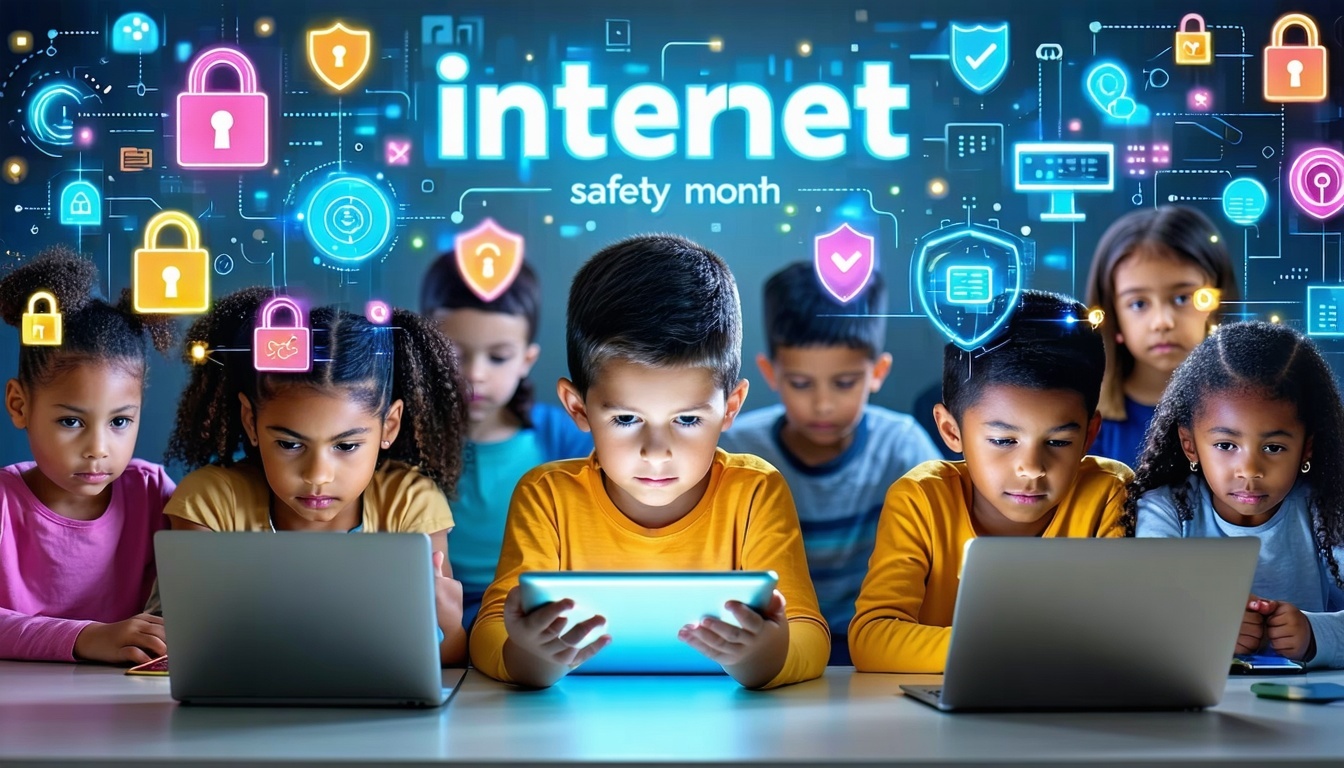
June is Internet Safety Month
As Internet Safety Month comes to a close, we at Cantrai reflect on the importance of protecting everyone online, especially children.
From strong passwords and privacy settings to teaching kids about online safety tools—these practices shouldn't end with June.
Our Virtual CISO services help non-profits and SMBs create secure digital environments year-round, ensuring your organization and the families you serve stay protected.
Need a security checkup? Contact us for a free assessment.
#InternetSafetyMonth #Cybersecurity #DigitalSafety #CantraiTech"
June is Internet Safety Month, a time to focus on safe online practices and digital citizenship. While October is recognized as Cyber Security Awareness Month in Canada,
June is dedicated to promoting safe internet use for everyone, especially children. This month encourages individuals to review their online behavior and learn how to navigate the internet more securely.
Here's why Internet Safety Month is important:
Growing Online Presence:
People of all ages are spending more time online for education, entertainment, and socialization, making internet safety a crucial concern.
Raising Awareness:
Internet Safety Month highlights the potential risks of online activity, such as cyberbullying, online harassment, and scams.
Promoting Digital Literacy:
The month encourages individuals to develop the skills and knowledge necessary to protect themselves and others online.
Focus on Children:
A key focus of Internet Safety Month is ensuring children's safety online, including age-appropriate content, privacy settings, and responsible online behavior.
Here are some key areas to focus on during Internet Safety Month:
- Strong Passwords: Use strong, unique passwords for each online account and consider using a password manager.
- Privacy Settings: Review and adjust privacy settings on social media and other online platforms.
- Device Security: Ensure devices are protected with security software and keep software updated.
- Public WiFi: Be cautious when using public WiFi networks and avoid accessing sensitive information on them.
- Two-Factor Authentication: Enable two-factor authentication for added security.
- Online Safety Tools: Teach children about online safety tools like blocking, reporting, and muting.
- Open Communication: Encourage open communication with children about their online activities.


